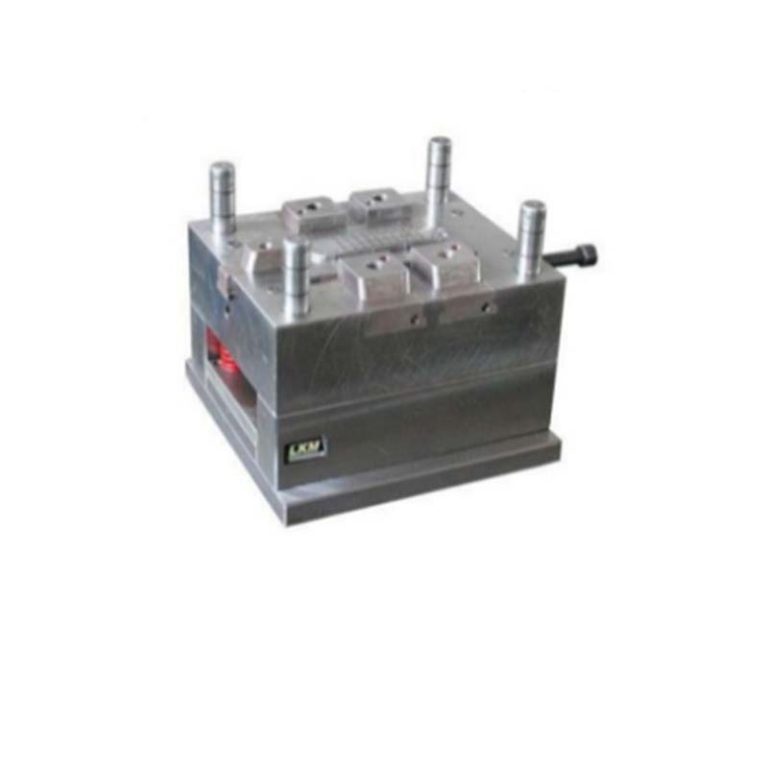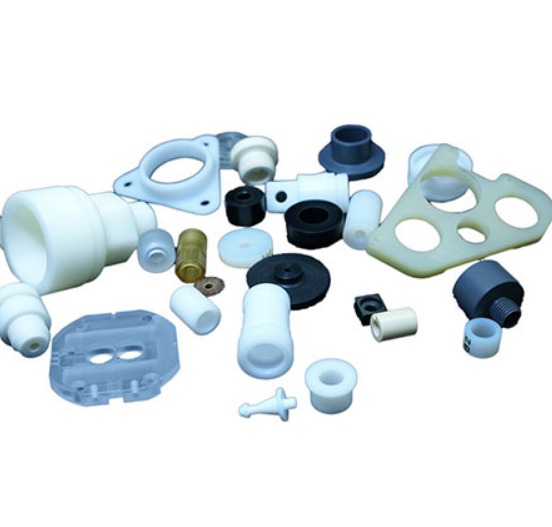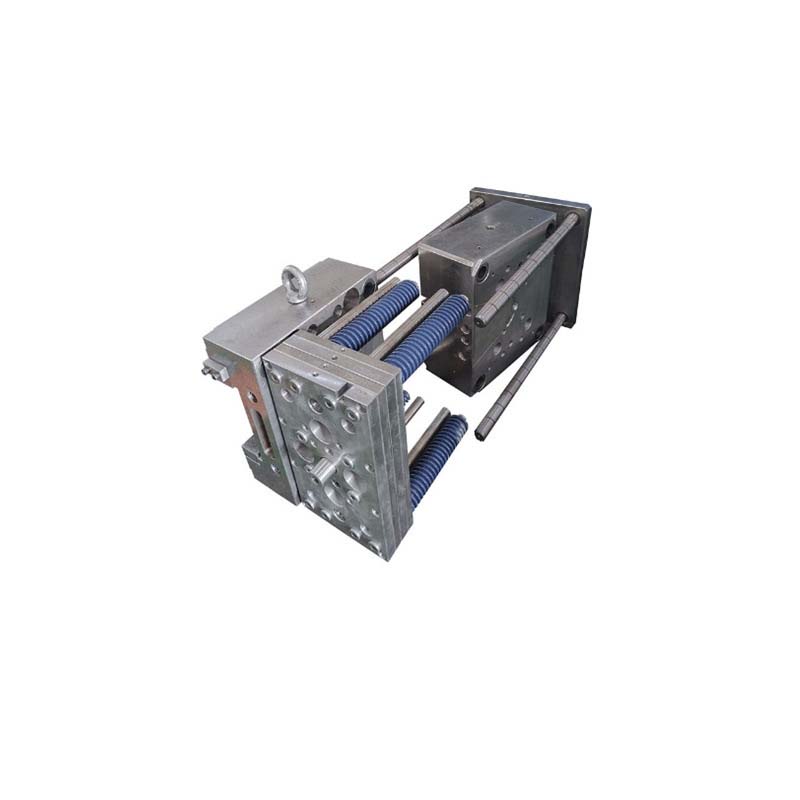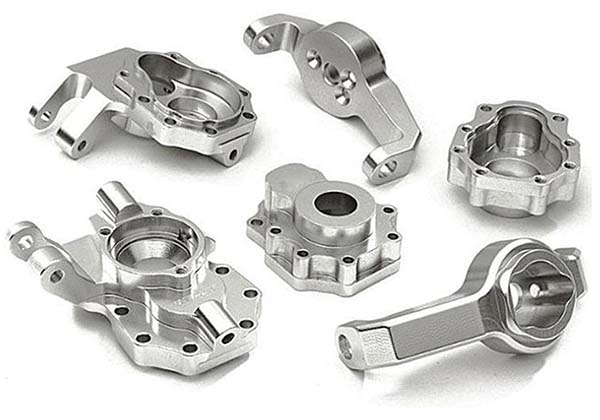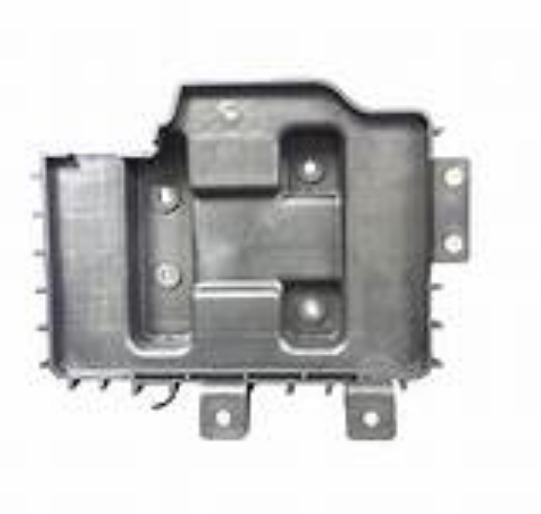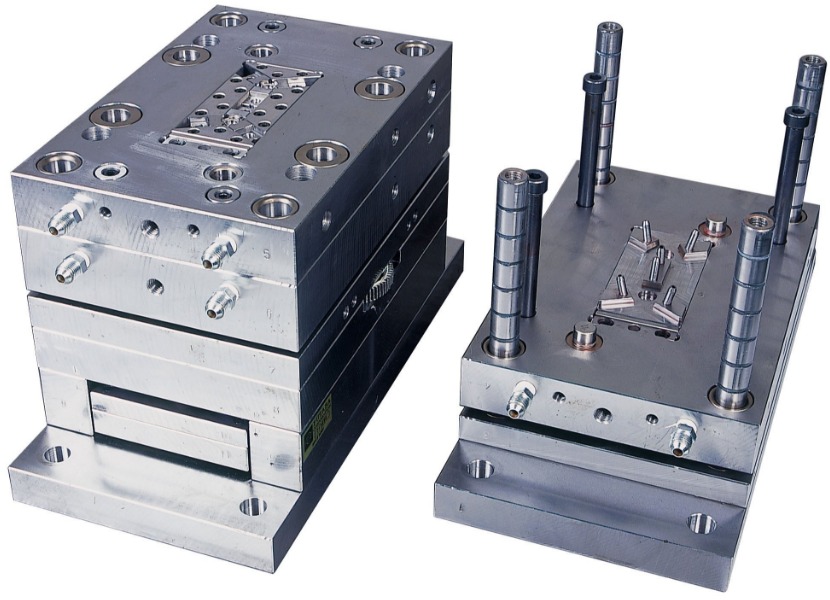Introduction
Mold making is a fascinating and crucial aspect of modern manufacturing, enabling the creation of a vast array of products that we encounter in our daily lives. From the plastic toys that bring joy to children to the intricate components in high - tech electronics, mold making plays an indispensable role. At the heart of this process are mold making supplies, the building blocks that transform raw ideas into tangible, functional, and often aesthetically pleasing objects.
What are Mold Making Supplies
Mold making supplies encompass a wide range of materials and tools. Materials include various types of mold - making resins such as silicone rubber, polyurethane, and epoxy resins. Silicone rubber, for example, is highly popular due to its excellent flexibility, heat resistance, and ability to replicate fine details. It can be used to create molds for a diverse set of applications, from jewelry casting to creating prototypes of architectural models. Polyurethane resins, on the other hand, offer high strength and durability, making them suitable for molds that will be subjected to more wear and tear during the casting process. Epoxy resins are known for their high - precision replication capabilities and chemical resistance, often utilized in the production of molds for electronic components or small, detailed art pieces.
In addition to resins, materials like wax, plaster, and metal alloys are also used in specific mold - making processes. Wax is commonly employed in the lost - wax casting method, where a wax model is first created, then coated with a ceramic shell. Once the wax is melted out (lost), the ceramic shell serves as the mold for pouring in molten metal. Plaster is a cost - effective option for creating molds, especially for decorative items or small - scale projects, although it has limitations in terms of flexibility and heat resistance compared to some resins. Metal alloys, such as aluminum and zinc - based alloys, are used for making molds that can withstand high - temperature casting processes, like die - casting for metal parts.
Tools are equally important in the mold - making toolkit. Molds themselves come in different forms, such as two - part molds, multi - piece molds, and injection molds. Two - part molds are the simplest, consisting of a top and a bottom half, and are often used for relatively simple shapes. Multi - piece molds are more complex, with multiple sections that can be assembled and disassembled, allowing for the creation of more intricate objects. Injection molds are specifically designed for the injection - molding process, where molten material is injected into the mold cavity under high pressure. Other essential tools include mixing containers for blending resins and hardeners accurately, stirrers to ensure a homogeneous mixture, release agents to prevent the cured resin from sticking to the mold surface, and measuring devices like scales and graduated cylinders to measure the correct amounts of materials.
The Significance of High - Quality Supplies
Using high - quality mold making supplies is of utmost importance for several reasons. Firstly, quality directly impacts the accuracy and detail of the final product. High - grade resins, for instance, are more likely to reproduce the finest details of a master model. A study by the American Society of Manufacturing Engineers found that molds made from premium silicone rubber were able to replicate surface details down to 0.01 mm, while lower - quality alternatives could only achieve a replication accuracy of 0.1 mm. This difference is crucial, especially in industries such as jewelry making, where even the slightest deviation in detail can affect the value and aesthetic appeal of the product.
Secondly, high - quality supplies contribute to the durability and lifespan of the mold. For example, molds made from durable polyurethane resins can withstand hundreds or even thousands of casting cycles without significant wear and tear. In contrast, molds made from inferior materials may start to degrade after just a few uses, leading to costly replacements. This is particularly important in large - scale manufacturing, where downtime due to mold failure can result in significant production losses. A report by the Mold Manufacturers Association showed that companies using high - quality mold - making supplies experienced 30% less mold - related production downtime compared to those using lower - quality materials.
Finally, quality supplies can also enhance the overall efficiency of the mold - making process. Precise measuring tools ensure that the correct ratios of resin and hardener are mixed, reducing the likelihood of curing problems. High - performance release agents make it easier to demold the cast product, saving time and effort. In a busy manufacturing environment, these time savings can add up to substantial increases in productivity.
Types of Mold Making Supplies
Mold Materials
Metals
Metals are widely used in mold making due to their high strength, durability, and heat resistance. Steel is a popular choice for molds, especially in high - volume production. For instance, tool steel offers excellent hardness and wear resistance. AISI D2 tool steel, with a high carbon and chromium content, can maintain its shape even after thousands of molding cycles. It is commonly used in injection molds for manufacturing plastic parts with high precision requirements, such as automotive interior components. However, steel molds are relatively expensive, both in terms of material cost and machining cost. The cost of AISI D2 steel can range from \(5 - \)15 per pound, depending on the quality and quantity purchased.
Aluminum is another common metal in mold making. It has a lower density than steel, which makes it easier to machine and handle. Aluminum molds are also more cost - effective for short - to medium - run production. 6061 aluminum alloy, for example, is often used in the production of molds for plastic injection molding, blow molding, and die - casting of non - ferrous metals. It has good thermal conductivity, which helps in the cooling process during molding, reducing cycle times. The cost of 6061 aluminum alloy is generally around \(1 - \)3 per pound, making it a more budget - friendly option compared to many steel grades.
Plastics
Plastics have become increasingly popular in mold making, especially for applications where weight reduction, corrosion resistance, and cost - effectiveness are important. Acrylonitrile Butadiene Styrene (ABS) is a widely used plastic in mold making. It offers a good balance of strength, toughness, and dimensional stability. ABS molds are often used in the production of consumer electronics housings, toys, and automotive parts. One of the advantages of ABS is its relatively low melting point, which makes it easier to process using injection molding techniques. However, it has limitations in terms of heat resistance; it starts to soften at around 90 - 105°C.
Polycarbonate (PC) is another high - performance plastic used in mold making. PC has excellent impact resistance, heat resistance (it can withstand temperatures up to 130 - 140°C), and optical clarity. These properties make it ideal for molds used in the production of lenses, medical devices, and high - end automotive components. But PC is more expensive than ABS, and its processing can be more challenging due to its high melt viscosity.
Rubber
Rubber materials play a unique role in mold making, especially when flexibility and the ability to replicate fine details are required. Silicone rubber is a top choice in many applications. It has outstanding flexibility, heat resistance (it can operate in a wide temperature range from - 50°C to 200°C), and excellent release properties. Silicone rubber molds are commonly used in jewelry casting, as they can accurately reproduce the intricate details of jewelry designs. They are also used in the production of food - grade products, such as chocolate molds, because of their non - toxicity and FDA - approved status.
Natural rubber can also be used for certain mold - making applications, especially when high elasticity and good grip are needed. For example, in the production of molds for soft - touch products like rubber grips on tools, natural rubber can provide the desired tactile properties. However, natural rubber has some drawbacks, such as lower heat resistance compared to silicone rubber and a tendency to degrade over time when exposed to certain chemicals.
Tools for Mold Making
Cutting Tools
Cutting tools are essential for shaping mold materials. Milling cutters, such as end mills and ball - nose mills, are used to remove material from the mold block to create the desired shape. End mills are ideal for creating flat surfaces, slots, and pockets, while ball - nose mills are used for machining curved surfaces. When choosing a milling cutter, factors such as the material of the cutter (high - speed steel or carbide), the number of teeth, and the diameter need to be considered. Carbide milling cutters, for example, are more expensive but offer higher cutting speeds and longer tool life when machining hard materials like steel.
Drills are used to create holes in the mold for various purposes, such as inserting screws, pins, or cooling channels. High - speed steel drills are suitable for general - purpose drilling in most mold materials. However, for drilling hard metals like tool steel, carbide - tipped drills are often required to achieve better drilling performance and longer tool life. The diameter of the drill should match the requirements of the hole to be drilled, and the drill bit should be sharp to ensure accurate and clean holes.
Measuring Tools
Accurate measurement is crucial in mold making to ensure that the final product meets the required specifications. Calipers are commonly used to measure the external and internal dimensions of mold components. Vernier calipers can provide measurements with an accuracy of up to 0.02 mm, while digital calipers offer even greater precision and ease of reading. They are used to measure the thickness of mold walls, the diameter of holes, and the length of various features.
Micrometers are another important measuring tool, especially for measuring small and precise dimensions. They can measure with an accuracy of 0.01 mm or even higher, making them suitable for measuring critical dimensions in molds, such as the clearance between mold parts or the diameter of small pins. In mold making, where even a slight deviation can lead to product defects, these precise measuring tools are indispensable.
Assembly Tools
Assembly tools are required to put together the various components of a mold. Screwdrivers are used to fasten screws that hold the mold parts together. Different types of screwdrivers, such as Phillips - head and flat - head, are needed depending on the type of screws used. Torque - controlled screwdrivers are often used in critical assemblies to ensure that the screws are tightened to the correct torque, preventing over - tightening or under - tightening, which could affect the performance of the mold.
Wrenches are used to tighten nuts and bolts. Adjustable wrenches can be used for a variety of nut and bolt sizes, while socket wrenches provide a more secure grip and are often preferred for tightening larger or more stubborn fasteners. In mold assembly, proper use of these tools ensures that the mold components are held firmly in place, allowing for smooth operation during the molding process.
Choosing the Right Mold Making Supplies
Consider Your Project Requirements
The first step in selecting mold making supplies is to carefully consider your project requirements. If you are creating a mold for a small - scale art project, such as making a resin - cast figurine, you may not need the same heavy - duty materials and tools as someone producing large - scale industrial parts. For small - scale projects, a simple two - part silicone rubber mold kit might be sufficient. These kits often come with pre - measured amounts of silicone rubber and hardener, along with basic mixing and pouring tools.
For high - precision applications, like creating molds for micro - electronic components, the requirements are much more stringent. You need materials that can replicate extremely fine details. In this case, a high - resolution epoxy resin might be a better choice. Epoxy resins can achieve a very smooth surface finish and can accurately reproduce features down to the micrometer scale. Additionally, the tools used for high - precision molds need to be of the highest quality. Precision measuring devices, such as digital micrometers with sub - micron accuracy, are essential to ensure that the mold dimensions are within the tight tolerances required for these applications.
The size of the mold also matters. Larger molds require more material, and the choice of material may be influenced by cost and ease of handling. For example, if you are making a large - scale fiberglass mold for a boat hull, using a less expensive polyester resin might be more cost - effective than a high - end epoxy resin. However, you need to ensure that the polyester resin has the necessary strength and durability for the application.
Evaluate Material Properties
Material properties play a crucial role in the performance of the mold. Strength is a key property. In injection molding, where high pressures are involved, the mold material needs to be strong enough to withstand the force exerted by the molten plastic. Steel molds, with their high tensile strength, are ideal for such applications. A study by the International Mold Association showed that steel molds used in high - pressure injection molding can withstand pressures up to 2000 bar without significant deformation, while plastic molds of the same size and design would fail at much lower pressures, typically around 500 - 800 bar.
Wear resistance is another important factor, especially for molds that will be used repeatedly. Molds made from materials like tungsten carbide - reinforced steel have excellent wear resistance. They can be used for thousands of molding cycles in applications such as manufacturing metal fasteners through die - casting. In contrast, molds made from softer materials, like some types of aluminum alloys, may wear out more quickly, reducing the lifespan of the mold and potentially affecting the quality of the cast products.
Corrosion resistance is essential when the mold will be exposed to corrosive substances. For example, in the production of molds for chemical - resistant plastic products or in marine applications, stainless steel or certain types of plastics with high chemical resistance, such as polyvinylidene fluoride (PVDF), are preferred. Stainless steel molds can resist corrosion from a wide range of chemicals, including acids and alkalis, ensuring a long - lasting and reliable mold.
Budget Constraints
Budget is often a limiting factor when choosing mold making supplies. However, it's important to balance cost with quality. For small - scale projects or those with a tight budget, there are cost - effective options available. For example, if you are just starting with mold making as a hobby, you can opt for basic plaster - based mold - making kits. Plaster is relatively inexpensive and easy to work with, although it has limitations in terms of durability and flexibility compared to some resins.
When considering more expensive materials like high - grade tool steel for a large - scale manufacturing project, look for ways to optimize costs without sacrificing quality. You can source materials in bulk, which often comes with a price discount. Some suppliers offer volume - based pricing, where the cost per unit of material decreases as the quantity purchased increases. Another option is to consider alternative materials that offer similar performance at a lower cost. For instance, in some cases, a high - strength aluminum alloy might be a more budget - friendly alternative to a more expensive steel alloy, especially if the application does not require the full strength and heat resistance of steel.
In addition, you can invest in high - quality tools that may have a higher upfront cost but will last longer. A good - quality set of measuring tools, for example, will ensure accurate material mixing and mold construction, reducing the likelihood of errors that could lead to costly rework. By making smart choices based on your project needs and budget, you can select the right mold making supplies to achieve your goals.
Yigu Technology's Perspective
As a non - standard plastic metal products custom Supplier, Yigu Technology deeply understands the significance of mold making supplies. When choosing materials for non - standard products, we focus on a balance between performance and cost - effectiveness. For plastic components, we carefully evaluate different plastics based on the product's requirements. If the product needs high - temperature resistance and dimensional stability, we might opt for engineering plastics like polycarbonate.
In terms of metal materials for non - standard metal parts, we consider factors such as machinability and strength. Aluminum alloys are often a great choice for their light weight and relatively good strength, which can meet the needs of many non - standard applications while reducing production costs. We also emphasize the importance of high - quality tools. Precise cutting tools ensure that the non - standard shapes are accurately machined, and reliable measuring tools guarantee that the products meet the strict tolerances required by our clients. By carefully selecting and using mold making supplies, we are able to produce high - quality non - standard plastic and metal products that meet the diverse needs of our customers.
FAQ
What are the most common mistakes when choosing mold making supplies?
One common mistake is overlooking the material properties. For example, choosing a resin with low heat resistance for a high - temperature application can lead to mold deformation during the casting process. Another error is underestimating the cost. While it may be tempting to choose the cheapest option, low - cost supplies often result in lower - quality molds, which can lead to costly rework or replacements. Additionally, not considering the compatibility of different supplies, like using an incompatible release agent with a particular resin, can cause adhesion issues. To avoid these mistakes, always research the properties of materials thoroughly, calculate the total cost including long - term expenses, and test compatibility before starting a large - scale project.
How can I ensure the quality of mold making supplies?
To ensure quality, start by carefully inspecting the materials. For example, check for any signs of impurities or inconsistent texture in resins. When it comes to tools, ensure they are well - made and free from manufacturing defects. Choose reliable suppliers with a good reputation. Read customer reviews and ask for samples if possible. Additionally, consider purchasing supplies from manufacturers who provide quality certifications. Regularly calibrate measuring tools to ensure accurate measurements, as incorrect measurements can lead to issues with the mold's structure and the final product's quality.
Are there any eco - friendly mold making supplies available?
Yes, there are eco - friendly options. Some biodegradable resins are now on the market, such as those made from plant - based materials like corn starch or cellulose. These resins can break down naturally over time, reducing environmental impact. For example, certain biodegradable silicone rubbers can be used in mold making for small - scale or short - term projects. Additionally, recycled materials can also be used in mold making. Some suppliers offer recycled metals for mold construction, which helps to conserve natural resources and reduce the energy required for metal production. These eco - friendly supplies not only benefit the environment but can also be a selling point for products made using them, appealing to environmentally conscious consumers.
